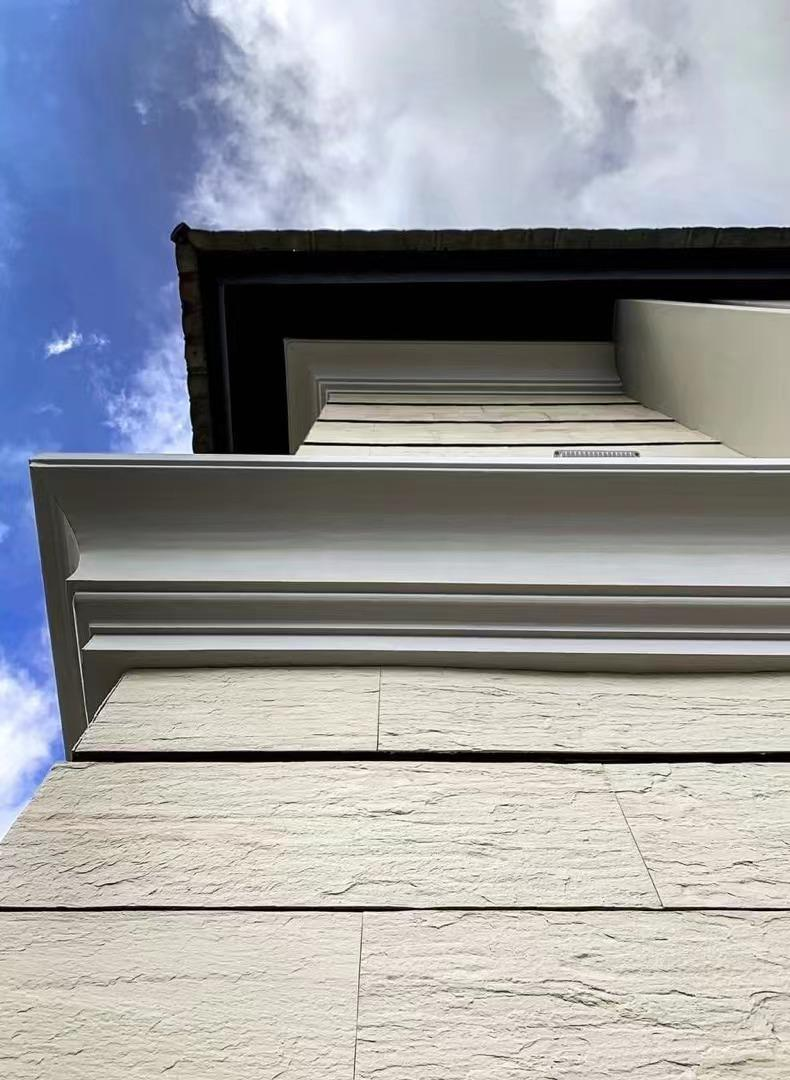
 Jan 03, 2025
Jan 03, 2025
 142
142

Flexible stone is a groundbreaking material that combines the natural beauty of stone with the flexibility and ease of modern engineering. This innovative product is created by bonding a thin layer of natural stone, such as sandstone or slate, to a flexible backing material, typically made of polymers or fabric. This unique composition allows flexible stone to bend and conform to various surfaces while maintaining the authentic look and feel of real stone. One of the most significant advantages of flexible stone is its versatility. It can be applied to both flat and curved surfaces, making it an ideal choice for a wide range of architectural designs. From columns and arches to complex geometric shapes, flexible stone offers endless possibilities for creative expression. This adaptability allows architects and designers to achieve unique aesthetic effects that were previously impossible with traditional stone. The lightweight nature of flexible stone is another major benefit. Unlike traditional stone, which can be heavy and cumbersome to work with, flexible stone is easy to handle and install. It can be cut with standard tools and adhered to surfaces using simple adhesives, reducing installation time and labor costs. This makes it an efficient and cost-effective option for various projects. Durability is a key feature of flexible stone. It is designed to withstand the rigors of both indoor and outdoor environments, resisting moisture, UV rays, temperature fluctuations, and general wear and tear. This ensures that the material maintains its aesthetic appeal and structural integrity over time. Flexible stone is also an eco-friendly choice. The production process involves using thin layers of natural stone, which minimizes waste compared to traditional stone quarrying. Additionally, its lightweight nature reduces the carbon footprint associated with transportation. The applications of flexible stone are vast and varied. In interior design, it can be used to create stunning feature walls, backsplashes in kitchens, or as a decorative element in living rooms and bedrooms. Its resistance to water and heat makes it suitable for bathrooms and areas around fireplaces. For exterior applications, flexible stone is an excellent choice for cladding building facades. Its ability to withstand weather conditions ensures long-lasting beauty and protection. It is also popular in commercial spaces, adding elegance and sophistication to office buildings and retail stores. Flexible stone represents a significant advancement in modern architecture and design. Its combination of natural beauty, versatility, and practicality makes it an ideal choice for a wide range of applications. As the demand for sustainable and innovative building materials continues to grow, flexible stone offers a compelling solution that enhances both the aesthetics and functionality of spaces. Whether used for residential or commercial projects, flexible stone is sure to impress with its unique capabilities and enduring appeal.Embracing the Versatility of Flexible Stone: A Modern Architectural Marvel
Introduction to Flexible Stone

Key Features and Benefits
Applications of Flexible Stone
Conclusion


